9 Best Growing Medium for Microgreens | Microgreens Medium
Learn all about the various growing medium for microgreens like soil, soil mix, grow mats, and others. Decide for yourself which microgreen growing medium is best!
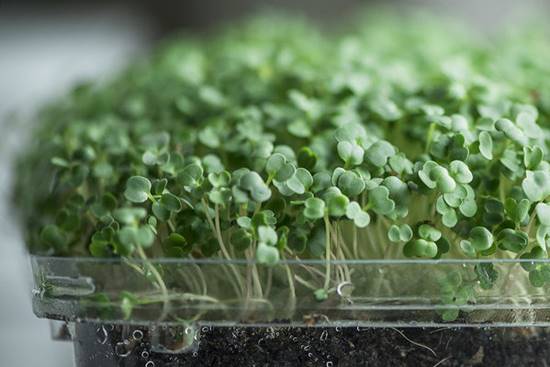
Microgreens are about 1-3 inches tall young vegetable greens that are packed on with nutrients and nourish our bodies with beneficial enzymes. Before starting microgreens, you must have information about growing mediums and what works best for you. There are lots of options to choose from, but it comes down to two things, mainly—growing microgreens in soil or soilless mediums. Here we are going to discuss the best Growing medium for microgreens.
Best Growing Medium for Microgreens
It depends on what you are looking for in the growing medium. If you want something that isn’t messy, go for hemp mats. Soil mix that contains Perlite, vermiculite, or coconut coir is also ideal. Mix up Perlite and Vermiculite in equal amounts to prepare a growing medium of your own. Rule of thumb is to use soil mixes for large seeds and grow mats for small seeds.
1. Perlite
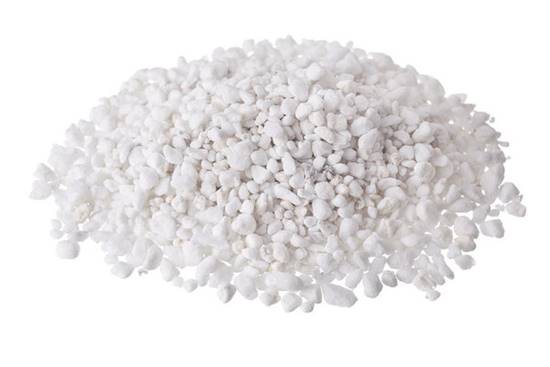
Perlite is a naturally occurring material and exists in nature as a type of volcanic glass, created when the volcanic glass gets saturated with water over a long period. It makes the soil loose, aerated and increases its drainage capacity. To provide strong roots to microgreens, the growing medium must be well-aerated, so it doesn’t hold much water. Adding Perlite exactly do that! Directly spread it on the soil or prepare a mixture with Perlite, loam, and soil.
2. Peat
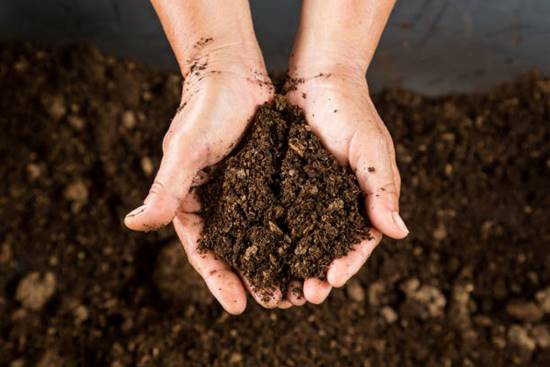
It is a brown deposit that resembles soil and is often used in soil mixes. When mosses or other living materials decompose into peat bogs, peat moss forms. Peat reduces the leaching of nutrients from the mix when watering and improves the overall consistency and texture of the soil mix. It isn’t a surprise that peat moss is found in most seed starting mediums. Use peat moss with other ingredients in one-third to two-thirds ratio as on it’s own it’s not very efficient at growing microgreens. Here is a detailed article on peat moss!
3. Soil
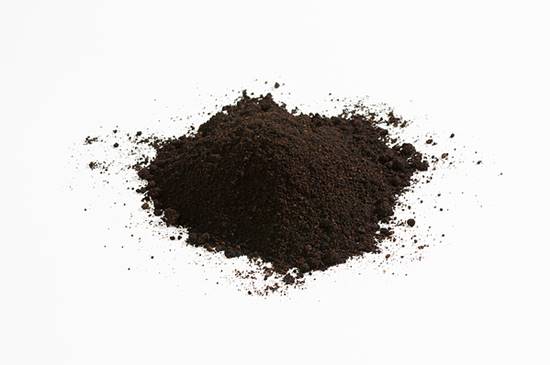
A tried and tested method of growing microgreens is using soil as the planting medium. It’s best if the soil contains some amount of organic matter. If you use regular soil or compost, sterilize first before growing microgreens. Do this by baking it in a preheated oven to 180 F for 30 min. You can even buy pre-sterilized soil from gardening stores. There is a low risk of pests infestation and other issues with sterile soil.
4. Vermiculite
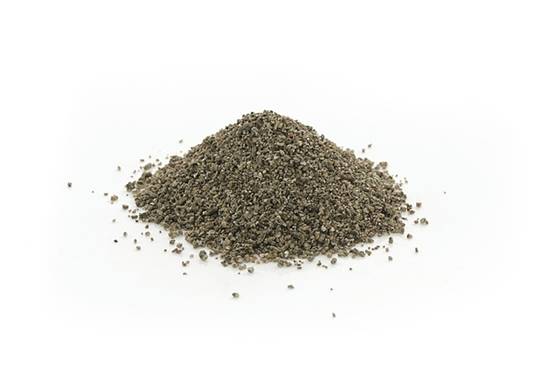
Vermiculite is a soil-less growing mixture that’s naturally mined mineral and expands exponentially when heated. It is sterile and mold resistant and has a neutral pH. It usually is used as an additive in the soil to provide better aeration. You can also use it with Perlite in a 50/50 ratio. But for microgreens, you can use it as a growing medium of its own. Nutrients such as magnesium, potassium, and some others are present in small amounts in vermiculite, which will help your microgreens grow well.
5. Coconut Coir
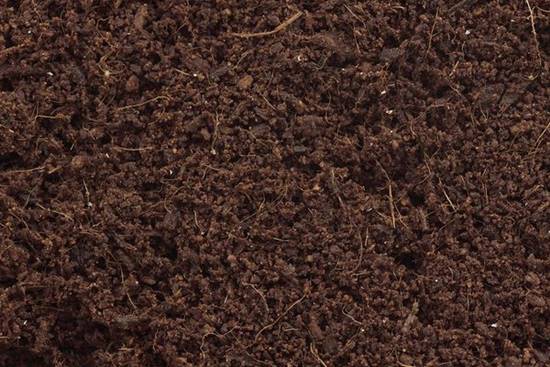
Coir is a fibrous material extracted from the outer husk of the coconut. Coir is found between the hard, internal shell and the outer coat of the coconut. One of the advantages of using Coir is that it holds moisture pretty well, and also it is hard to overwater, as most of the extra water runs out of it. You can even reuse coconut coir as it imparts beneficial microorganisms such as mycorrhizae and Trichoderma in the growing medium. The only drawback of using Coir is that it doesn’t contain many nutrients for your plants.
6. Burlap
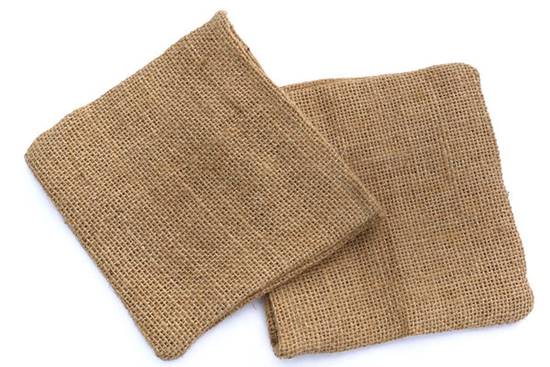
Probably one of the most significant advantages of using burlap is that it isn’t heavy on the pocket. Made by the woven fabric of the jute plant, there are quite many things that can go wrong with burlap. Think of it as a Microgreen grow pad that doesn’t do much except provide support to the plant. You’ll need to add nutrients and maintain temperature and humidity precisely to get good yields. We won’t recommend it to people who are new to gardening. Wheatgrass and pea shoots are probably your best bet for growing microgreens in this medium.
7. Biostrate
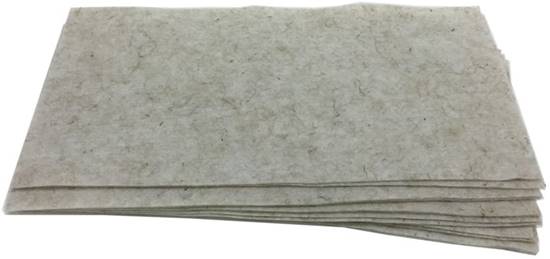
Are you well equipped with hydroponic growing? The Biostrate brand is for you! Grow-tech holds the registered trademark and is the sole producer for it, so you might find it a bit expensive. Lightweight, pH balanced, and biodegradable are some of its good qualities. However, some people do complain that it dries out too quickly. If you do try it, let us know how it worked out for growing microgreens in the comments section.
8. Hemp Mats
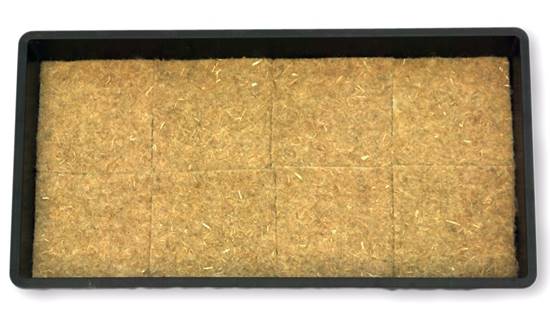
Hemp mats are made with the hemp fiber processed into 100% biodegradable soilless growing medium. It holds the water well so you won’t have to worry about watering frequently. If you are thinking about reusing hemp mats for microgreens, it’s a lot of work; that’s why they are made fully biodegradable and compostable. The mess you get with Coir isn’t something you need to worry about for hemp mats. Although after watering mats turn a bit flimsy so we won’t recommend changing location!
9. Rockwool
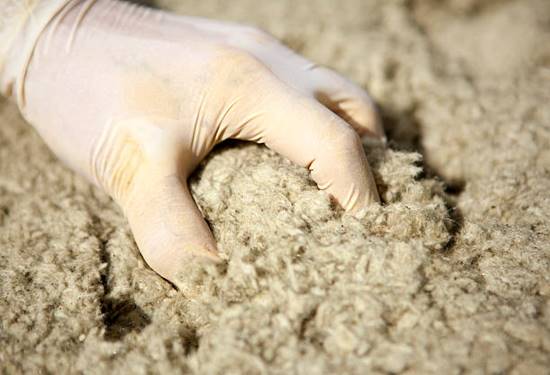
Although we have included it in the list as it is one of the growing mediums for microgreen, we won’t recommend it to anyone. Rockwool can irritate the eyes, skin, and even the respiratory tract. If that wasn’t enough, you could also get splinters by the sharp fibers! The primary use of Rockwool is for insulation, but some people use it as a growing medium too! If you are among those handle with care.
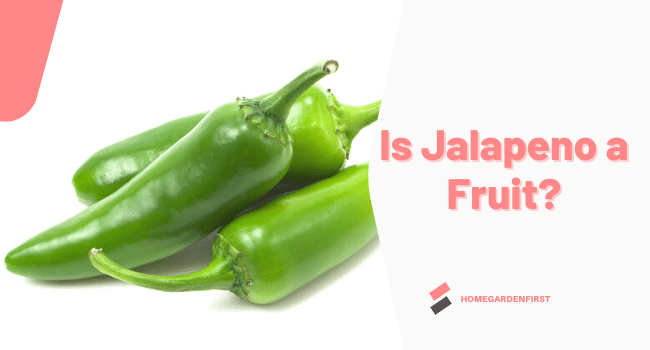
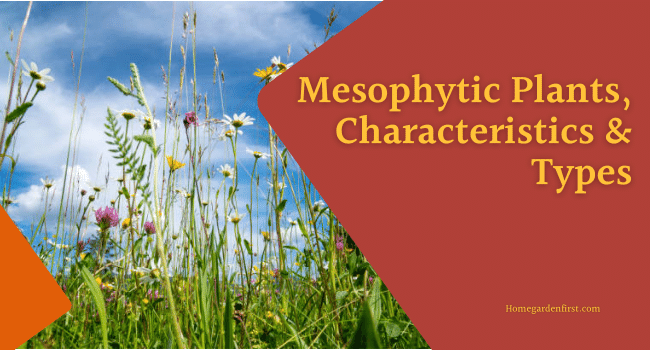
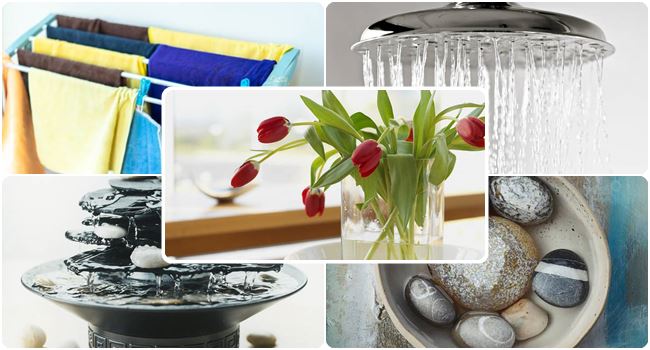

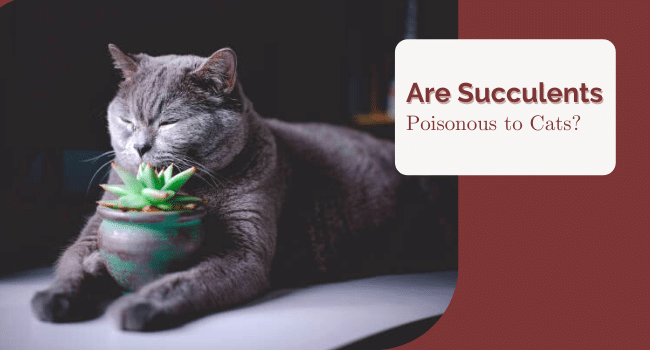
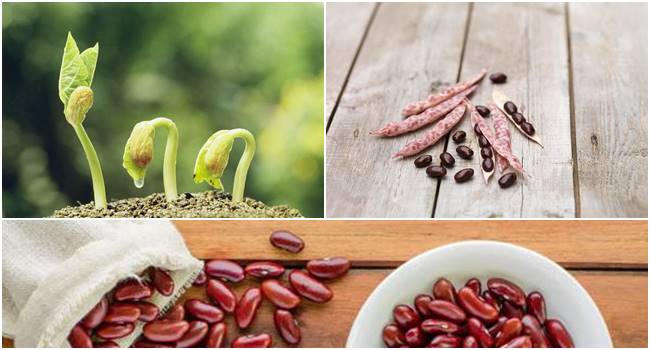
Great article! That is the kind of info that are meant to be shared around the net.
Disgrace on Google for now not positioning this put up higher!
Thanks =)
We value your feedback!